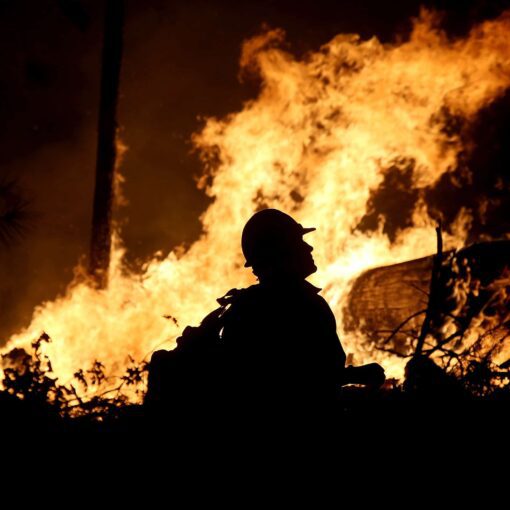Costa Rica’s Crime Debate: A National Concern
In Costa Rica, a country celebrated for its lush landscapes and peaceful demeanor, the topic of crime has sparked a fiery debate among residents and expatriates alike. Online forums and social media groups are battlegrounds where contrasting views clash: some depict Costa Rica as a near-utopian retreat with minimal crime, while others describe it as teetering on the brink of lawlessness.
Reality Check: Between Utopia and Dystopia
The truth about crime in Costa Rica, as in many places, lies in a gray area that statistics can help illuminate—but only if presented accurately and contextually. The portrayal of Costa Rica as either crime-free or crime-infested does little to address the nuanced reality of the situation. It’s important to acknowledge that while Costa Rica is fundamentally safe for most residents and visitors, ignoring the rising crime rates does a disservice to those affected and to potential solutions.
Comparative Crime Statistics in Central America
In 2023, Costa Rica reported a significant spike in homicide rates, reaching its highest level on record. This increase is particularly concerning given the overall downward trend in neighboring Central American countries like Belize, El Salvador, and Honduras, where targeted anti-gang efforts have markedly reduced violence.
Costa Rica’s Homicide Rate in Perspective
Costa Rica’s homicide rate for 2023 stood at 17.3 per 100,000 people, marking a 41% increase from the previous year. This rate positions Costa Rica third in regional homicide rankings, trailing only Honduras and Belize—a stark contrast to its traditionally lower figures. This spike in homicides highlights a troubling shift in the nation’s crime dynamics, drawing attention from both citizens and international observers.
El Salvador: A Remarkable Turnaround
El Salvador, once notorious for one of the highest homicide rates globally, has seen dramatic improvements. In 2023, it reported a homicide rate of just 2.4 per 100,000 people, the lowest in Central America, thanks to stringent security policies initiated under President Nayib Bukele. This success story provides a glimmer of hope and a potential model for crime prevention strategies elsewhere.
The Challenge of Accurate Data Presentation
The discussion often becomes muddled when comparing crime rates between countries and cities without considering the broader context. For example, comparing Costa Rica’s national homicide rate to that of a specific city in another country can be misleading. Such comparisons ignore the diverse social, economic, and demographic factors that influence crime rates. Accurate, honest data presentation is crucial in forming a realistic understanding of safety and crime.
The Role of Social Media in Shaping Perceptions
Social media plays a significant role in shaping perceptions of crime in Costa Rica. While these platforms can offer community support and valuable information, they can also perpetuate misinformation and biased narratives. It’s essential for discussions to be grounded in verified data and presented in a way that fosters a balanced understanding.
Moving Forward: Addressing Crime with Context and Care
As Costa Rica confronts its crime issues, the focus should be on understanding the root causes and implementing effective, humane policies to address them. This involves not only policing and legal actions but also community engagement, education, and economic opportunities to address the underlying factors contributing to crime.
A Call for Balanced Discourse
Costa Rica remains a beautiful and predominantly safe country, but like any nation, it faces challenges that require thoughtful discussion and action. The discourse around crime needs to be balanced, informed, and devoid of sensationalism to effectively address the issues at hand and promote a safer environment for all residents and visitors.
Source link
admin



